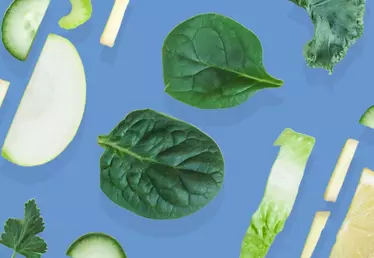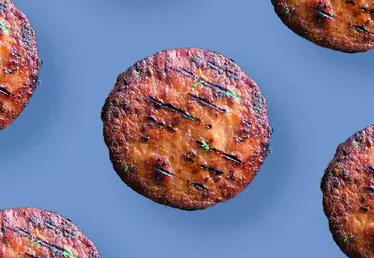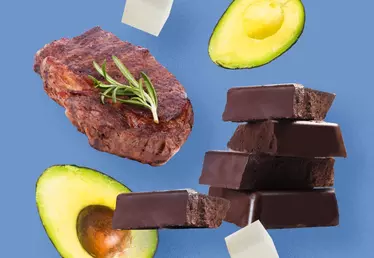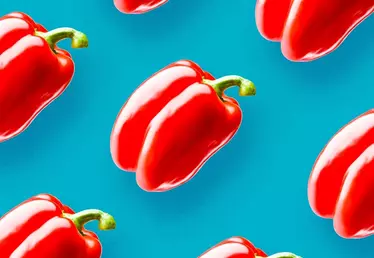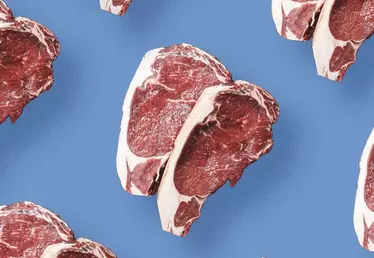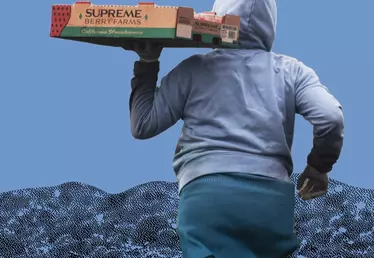
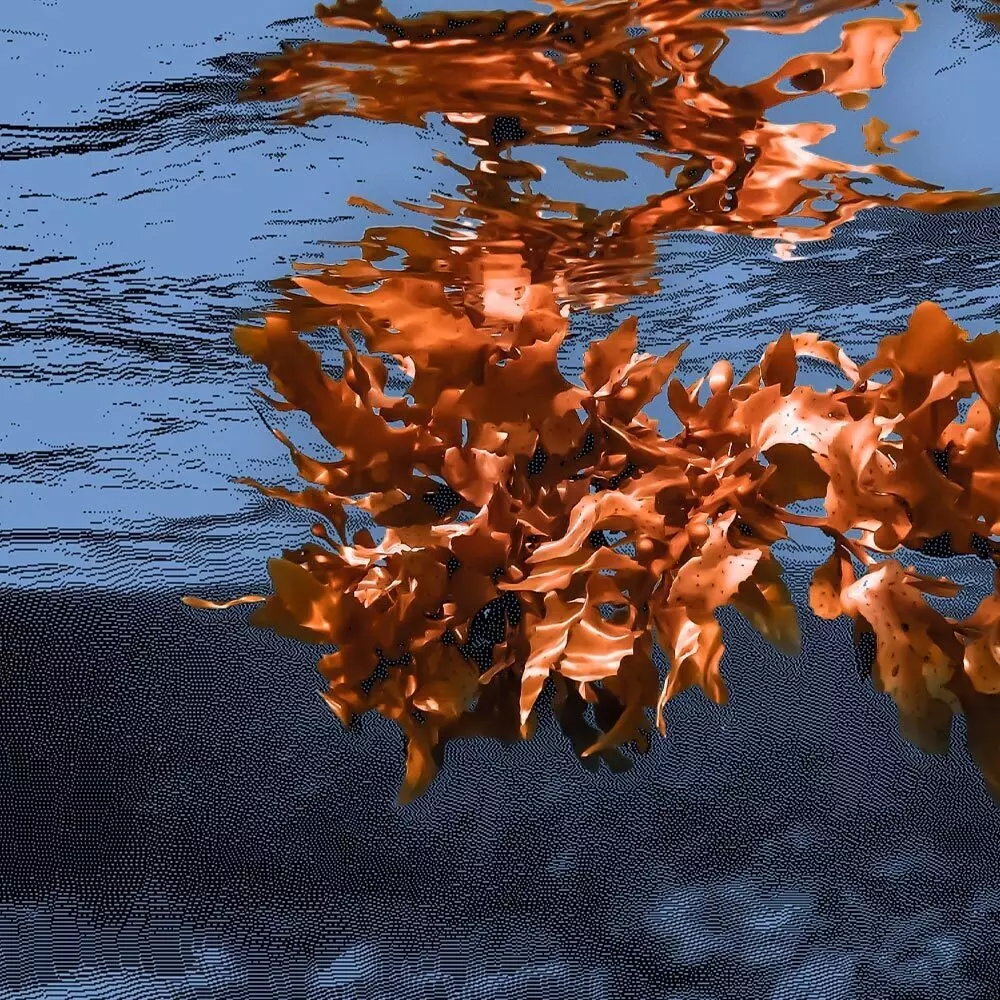
Hero banner custom title
Permaculture: an inspiration for aquaculture?
4 min
Aquaculture could be made more sustainable by rearing other species along with fish, which feed on the latter’s waste.
Is aquaculture about to begin its transition? For several years now, European researchers have been trying to develop more sustainable methods, where fish are reared with other species that feed on their waste... before being recycled themselves. Principles inspired by permaculture, or agro-ecology... “Instead of a monoculture system, we imitate the functioning of natural ecosystems, with a diversity of species that recreate a food chain and recycle organic matter”, explains Myriam Callier, a researcher in aquaculture-environment at Ifremer (French Research Institute for Marine Exploitation).
“Instead of a monoculture system, we imitate the functioning of natural ecosystems, with a diversity of species that recreate a food chain and recycle organic matter.”
The biologist took part in the IMTA-Effect project, conducted with ten other European research institutes, notably in Portugal, Romania and Greece. In France, experiments focused on the polychaete worm, a small detritivorous animal which feeds on fish excrement. “This worm can bring added value to aquafarming, by being sold as fishing bait or for animal feed. This also makes it possible to limit the pressure on this animal, by rearing it rather than fishing it”, adds Myriam Callier. Another advantage is bioremediation. By consuming fish excrement, the polychaete worm prevents it from being released into the environment, thus reducing aqua farming pollution.
Depending on the local environment, other species can also be integrated into aquaculture, such as seaweed, oysters, sea urchins, or sea cucumbers, which are a popular delicacy in Asia. On this continent, “integrated aquaculture has been around for a long time. Several species are reared and interact within a bay, such as fish, bivalve shellfish, algae, etc”. says Myriam Callier.
An interesting cocktail
Microalgae are also of great interest to fish farming. Another project, called MarineAlga4Aqua, is seeking to promote their diversity in aquaculture ponds, in contrast to the usual methods, where a single strain is cultivated in a very controlled environment. “You just have to let nature take its course: a community of micro-algae develops on its own in the tank, fertilised by the fish's effluents", reports Cyrille Przybyla, a marine biologist at Ifremer. “These vary according to the season and have different characteristics, containing more or less lipids or proteins. They can thus form an interesting cocktail to feed the fish in turn.” This alternative food source would make it possible to limit the massive fishing of small fish to feed farmed fish. Microalgae are also interesting for purifying pond water and fixing CO2 from the atmosphere.
Global fish consumption is expected to increase from 179 million tonnes in 2018 to 204 million tonnes in 2030.
So far, these ideas are only just being introduced into European aquaculture, with the first farms and pilot sites experimenting with them. The stakes are high, as aquaculture is taking an increasingly important place on our plates. According to a report by the FAO (the UN's food agency), in 2020, global fish consumption is expected to rise from 179 million tonnes in 2018 to 204 million tonnes in 2030 - an increase largely driven by aquaculture, rather than by fishing.






